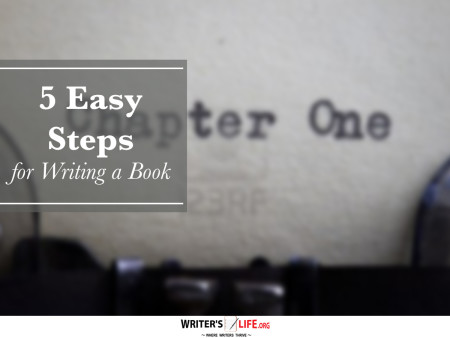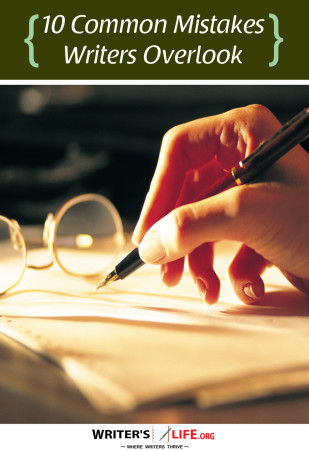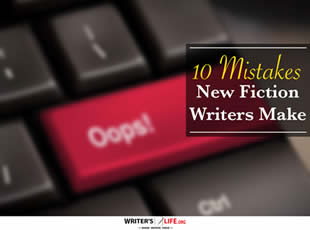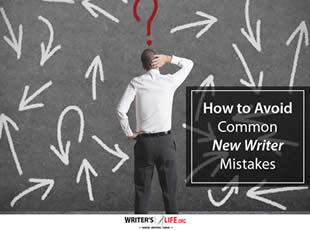- How To Tackle Jealousy In Creative Writing
- Common Submission Mistakes
- How To Stop Your Blog Becoming Boring
- The One Thing Every Successful Writer Has In Common
- How To Make Yourself Aware Of Publishing Scams
- Why Almost ALL Writers Make These Grammar Mistakes At Some Point
- 5 Tips For Authors On How To Deal With Rejection
- Top Mistakes to Avoid When Writing a Novel
- How to Avoid Common New Writer Mistakes
- 10 Mistakes New Fiction Writers Make
Unlocking the Secrets to Engaging Writing: Tips and Strategies That Make a Difference

Hey there! So the other day, I was catching up with my friend Sarah over some much-needed coffee, and as always, the conversation took its regular turn back to writing. You know how it is—once you've got the bug, every chat eventually loops back to plots, characters, and that elusive muse. Sarah's been battling with her story's climax, and our discussion reminded me of some solid strategies every writer should have in their toolkit. I thought, why not share them here, like we’re having our own little coffee chat?
Find Your Unique Voice
First off, finding your unique voice is like discovering your brand in the writing world. Sarah was telling me how she feels all her characters sound the same, but here’s a tip I shared with her and it seemed to resonate. Think of your favorite writers. What draws you to them? It's often their distinct voice, right? So, try this: Spend some time journaling, unfiltered, as if you were speaking to an old friend. Over time, your natural voice will emerge. It’s this genuine, personal style that will set your work apart.
Embrace the Messy First Draft
This one was a real eye-opener for Sarah. She admitted she’s a perfectionist and couldn’t move forward until each sentence was perfect. Trust me, I've been there! The first draft should be raw, a playground for your characters and ideas. Let go of the need for perfection on the first pass. Think of it like sculpting: You start with a big, rough chunk of clay, and it’s only through refining and polishing that your masterpiece emerges. Give yourself permission to write badly initially. It’s in the editing process that your story will truly shine.
Diving Into Character Development
We dove deep into characters next. I suggested to Sarah that she try this simple exercise which can work wonders: Imagine a day in the life of your character. What do they eat for breakfast? What podcasts do they listen to during their commute? These little details can add layers to their personality and provide a roadmap for their actions and decisions.
- Write mini-backstories for each character, even if they won’t appear in your story. It will give them more depth.
- Create a vision board with images that represent their style, home, and environment.
- Use character interviews where you ask them unexpected questions and let their responses surprise you.
Crafting Unforgettable Plots
Sarah was also grappling with plotting issues, so I shared some plotting strategies that I’ve found incredibly useful. The 'Hero’s Journey' is a classic for a reason—it’s such a robust structure to hang your story on. But don’t feel constrained; sometimes breaking the mold leads to fresh, exciting narratives. Outline your story arc with bullet points first to see the broader picture, then work backwards or forwards from key events to connect the dots.
Conclusion
We finished our coffee chat with a laugh about the trials and triumphs of writing. It’s not always a straight road, but these strategies can make the journey a bit smoother. Remember, writing is an evolving process. The key is patience and practice. Now that you've learned more about writing tips and strategies, you're one step closer to achieving your writing goals. If you're ready to take the next step, explore expert resources designed to help authors succeed. Access the Writer’s Toolkit Here.



























